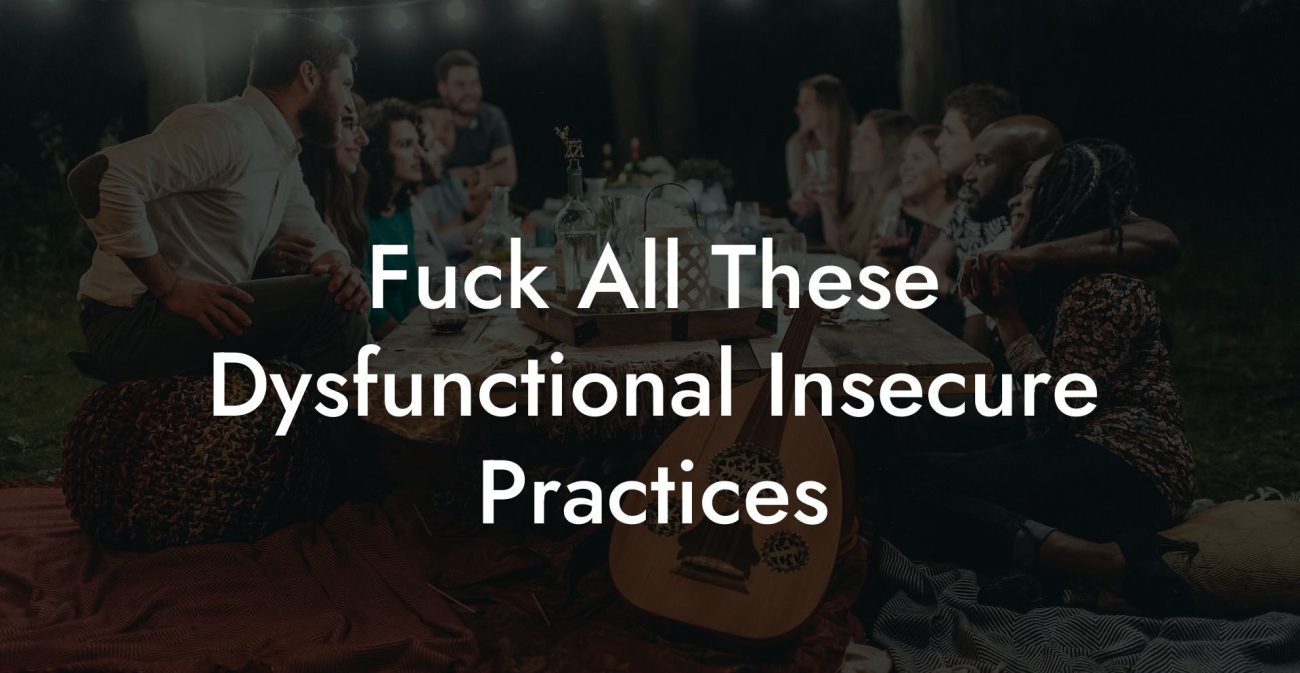Polyamory, like monogamy, is a complex and nuanced relationship choice that constantly intrigues people. While it has gained considerable attention in recent years, questions and concerns still linger – particularly about the success rates of polyamorous relationships. So, what are the actual success rates of polyamory? We're here to dive deep and explore this topic, providing you with insight and understanding.
Actual Success Rates Of Polyamory Table of Contents
Polyamory Success Rates: The Data
Factors That Contribute to Successful Polyamorous Relationships
Defining Success
Before we can assess the success rates of polyamorous relationships, we first need to define what constitutes a successful relationship. When it comes to monogamy, societal norms have often equated longevity with success. However, the same standard may not apply to polyamory. Success in polyamorous relationships might be measured by the individual satisfaction of all parties involved, the enhanced communication skills developed, the emotional growth experienced, or the deep connections formed.
Polyamory Success Rates: The Data
Few comprehensive studies have been conducted specifically to measure the success rates of polyamorous relationships, but some research has been done on non-monogamous relationships in general. A study published in the journal Archives of Sexual Behavior found that consensually non-monogamous relationships had similar levels of satisfaction, commitment, and trust to monogamous relationships. Meanwhile, a study in the journal Social Psychological and Personality Science revealed that polyamorous couples reported greater satisfaction and trust levels than individuals engaged in affairs. However, more research is needed to provide a clear picture of polyamory success rates, considering the limitations in sample sizes, diverse relationship structures, and inherent bias in self-reporting.
Factors That Contribute to Successful Polyamorous Relationships
1. Communication
Open, honest, and respectful communication is essential for maintaining all types of relationships, and polyamorous relationships are no different. Successful polyamorous partners continually check in with one another, voice their needs and desires, set boundaries, and discuss any new developments or concerns.
2. Emotional Management and Self-Awareness
Dealing with emotions such as jealousy, insecurity, or fear is inevitable in any relationship, and polyamory is no exception. Self-awareness and the ability to identify, assess, and manage emotions responsibly are crucial for making non-monogamous relationships work.
3. Trust and Respect
Trust is the foundation for any strong relationship, and respect is vital for maintaining a healthy sense of self and autonomy. Healthy polyamorous relationships honor the needs, boundaries, and choices of each individual, even if they differ.
4. Flexibility and Adaptability
Polyamorous relationships often require more adaptability and flexibility than monogamous relationships due to the changing nature of connections between multiple partners. Being open to change, growth, and evolving together can foster a high level of success for polyamorous relationships.
Actual Success Rates Of Polyamory Example:
Dave and Alice have been together for six years, and throughout their relationship, they have maintained open lines of communication about their desires. After discussing it extensively, they decided to transition to a polyamorous relationship, which eventually expanded to include three other partners: Ben, Claire, and Emily.
Dave and Alice continued practicing effective communication, both individually and as a group. They were honest about their feelings, expectations, and boundaries, and as a result, their relationships with each other and their new partners deepened. They practiced emotional management and self-awareness, handling jealousy and insecurities responsibly to ensure that their connections remained strong and trusting.
Despite experiencing inevitable challenges and disagreements, all parties involved remained flexible and adaptable to the changing dynamics of their relationships. Their constant growth and commitment to maintaining connections led to a long-lasting, successful polyamorous relationship.
The world of polyamory is vast, continuing to intrigue and challenge many people's understanding of relationships. While it is difficult to pin down an exact success rate for polyamorous relationships, factors such as communication, emotional management, trust, respect, flexibility, and adaptability contribute to successful non-monogamous partnerships. If you enjoyed this in-depth look at polyamory success rates, please share this post with your friends and explore other fascinating guides on The Monogamy Experiment. Together, let's continue unraveling the complexities of love and relationships!













